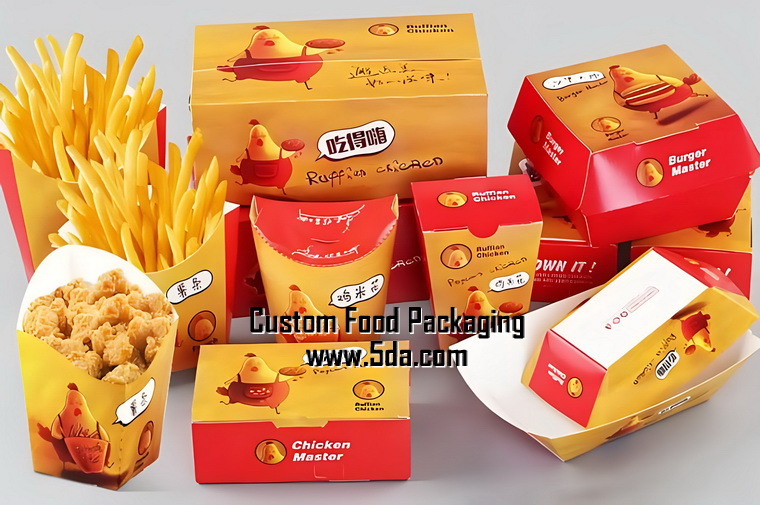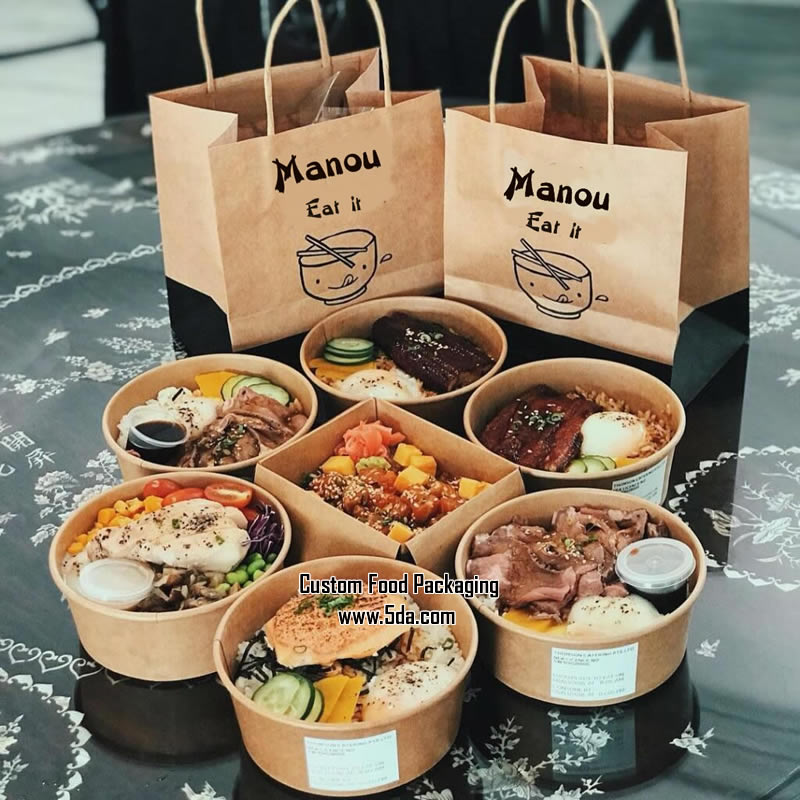How to Design Food Boxes for a Fried Chicken Restaurant

How to Design Food Packaging Boxes for a Fried Chicken Restaurant
Designing food packaging boxes for a fried chicken restaurant is an essential aspect of branding and customer experience. The packaging not only protects the food but also serves as a powerful marketing tool, reflecting the restaurant's identity and values. Here's a comprehensive guide on how to design food packaging boxes that are both functional and appealing for a fried chicken restaurant.
1. Understanding the Brand Identity
Before delving into the design process, it's crucial to have a clear understanding of the restaurant's brand identity. This includes its values, mission, and target audience. Consider the restaurant's logo, color palette, and overall visual style. These elements should be reflected in the packaging design to create a cohesive and recognizable brand image.
2. Selecting the Right Materials
Choosing the appropriate packaging materials is essential for ensuring the freshness and safety of the food. For fried chicken, it's important to select materials that can withstand grease and maintain the crispiness of the chicken. Common options include grease-resistant paper or cardboard, along with food-grade plastic or aluminum foil for lining or sealing.
3. Determining the Size and Shape
The size and shape of the packaging boxes should be tailored to the specific needs of the restaurant and its customers. Consider the size of the chicken pieces, the quantity per order, and any additional items that may be included, such as sauces or sides. The boxes should be large enough to accommodate the food without being overly bulky or difficult to handle. Additionally, consider the ease of stacking and storage when designing the shape of the boxes.
4. Designing the Exterior
The exterior of the packaging boxes is where the restaurant's brand identity and messaging come to life. Start with the restaurant's logo, which should be prominently displayed on the front or top of the box. Use the brand's color palette to create a visually appealing and consistent design. Consider incorporating patterns or graphics that reflect the restaurant's style or theme. For instance, you could use images of chickens or frying pans to reinforce the restaurant's fried chicken offering.
5. Including Important Information
The packaging boxes should clearly communicate important information to customers. This includes the restaurant's name, contact information, and any relevant nutritional or allergen information. Ensure that this information is easy to read and locate, typically placed on the front or side of the box. Additionally, consider including any promotional messages or offers to encourage repeat purchases.
6. Ensuring Functionality
Functionality is crucial in packaging design, especially for food items like fried chicken. The boxes should have a secure closure to prevent spillage or leakage and maintain the freshness of the food. Consider using flaps, tabs, or adhesive strips for easy sealing. Additionally, ensure that the packaging is easy to open and close for both customers and restaurant staff.
7. Customizing for Special Occasions
To further enhance the customer experience, consider offering customized packaging for special occasions. This could include holiday-themed designs, birthday messages, or custom prints for corporate events. Customizing the packaging adds a personal touch and makes the customer feel special, increasing the likelihood of repeat business.
8. Testing and Feedback
Finally, it's important to test the packaging design with real customers to gather feedback. This can be done through market research, focus groups, or even a small-scale launch. Gather feedback on the packaging's appearance, functionality, and overall impression. Use this feedback to make any necessary adjustments to the design before rolling it out to the entire restaurant.
In conclusion, designing food packaging boxes for a fried chicken restaurant requires a careful consideration of brand identity, materials, size, shape, exterior design, functionality, and customization options. By following these guidelines and gathering feedback from customers, you can create packaging that not only protects the food but also enhances the customer experience and promotes the restaurant's brand.



 Restaurant
Restaurant 